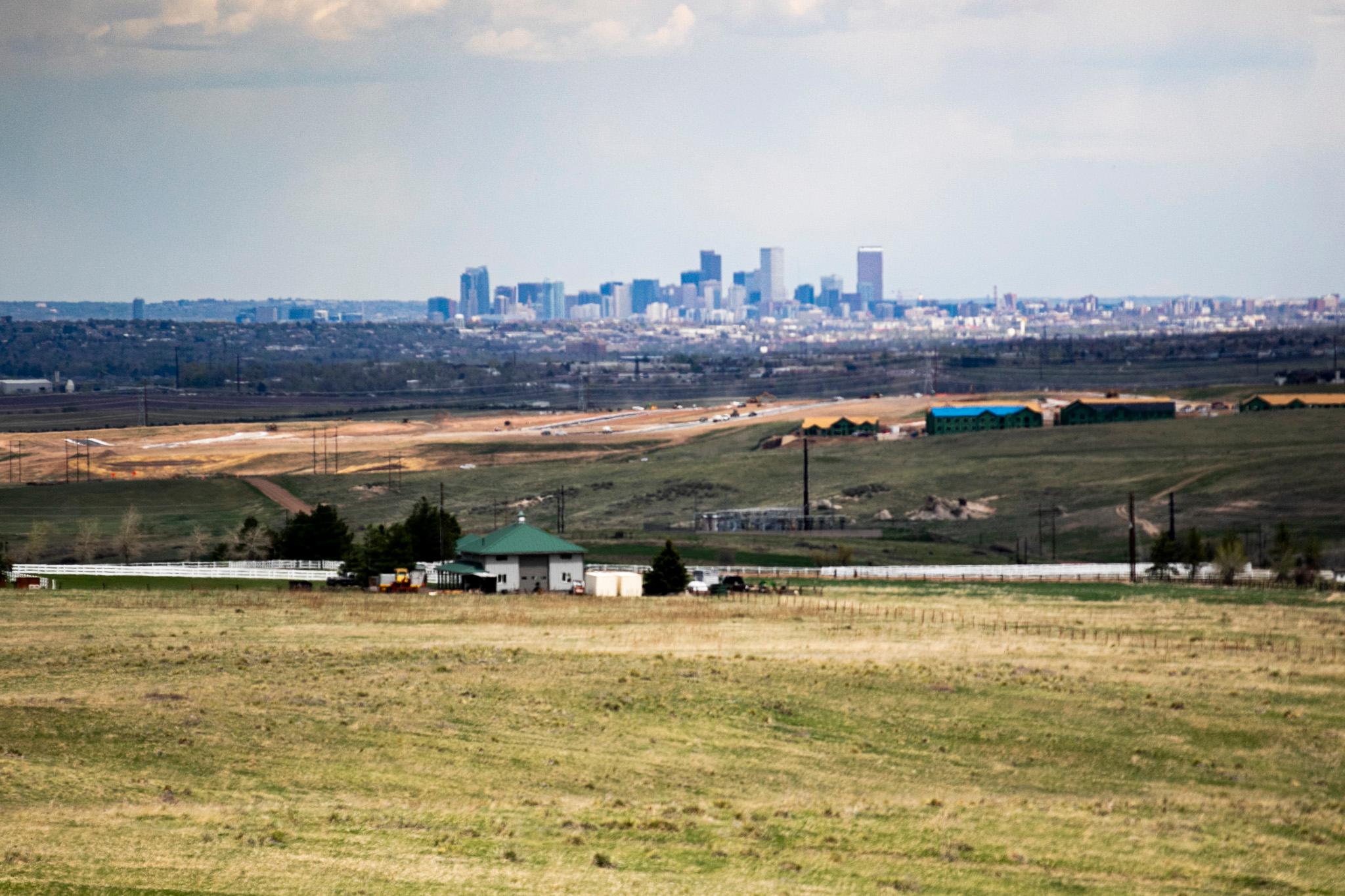Until a few days ago, barricades, signs, roundabouts and other traffic calming devices had successfully reduced wrecks, noise and speeding on stretches of 16th Avenue -- at least, initially.
The barriers were in place in City Park to deter drivers from zipping up and down the residential street while the major thoroughfare, 17th Avenue, was shut down for stormwater drainage construction.
Other barricades from East 16th Avenue, from Pennsylvania Street to City Park Esplanade, were part of Denver's temporary shared-streets initiative, designed to get people outside as part of the COVID-19 emergency response.
Now this life-saving infrastructure that bikers, pedestrians and scooter riders celebrated is gone.
Since the barriers were effective in stopping crashes and protecting bikers, scooter riders and pedestrians, why remove them?
"We do believe the temporary shared streets initiative was effective from a safety perspective (speed and crash reduction perspective) during the height of the pandemic when people were mostly staying home and vehicle volumes were very low, but things have changed," explained Department of Transportation and Infrastructure spokesperson Nancy Kuhn in an email.
Cars are speeding again. Some neighbors, like Ruby Valles, told us car wrecks are up on 16th. And maintaining the infrastructure is an increasing challenge, Kuhn said.
"The setup on East 16th Avenue, with temporary type barricades, has been extremely difficult to maintain," she said. "We kept the barricades in place to try to de-incentive cut-through traffic and speeding on E. 16th Avenue while E. 17th Avenue was closed for the stormwater project, and took them down this week in conjunction with East 17th Avenue reopening again."
Plans to remove the barriers between City Park Esplanade and Pennsylvania Street have been in place since summer of 2021
"Last August, we began transitioning away from the temporary shared street initiative as restrictions around public gatherings lifted, more indoor and outdoor recreational spaces opened for use again, and an uptick in travel was expected with the kids headed back to school," Kuhn said.
In summer of 2021, DOTI promised to begin a planning process to figure out what a permanent shared-streets program might look like.
The agency will start its public-input process in August. Those conversations will include visioning for the future and analysis of how the temporary program worked.
The city has to figure out how to get around a municipal rule that prohibits pedestrians from walking on roadways when adjacent sidewalks are present, explained Kuhn. The department will also evaluate which streets are the best ones to open up to share, basing the decisions, in part, on the Complete Streets Design Guidelines and "equity and local context."
The department will also standardize its traffic calming infrastructure and signage to create consistency and shared expectations across the city.
The city will document what worked with the temporary shared streets and determine whether they might work in the future when it comes to infrastructure and also public perception.











